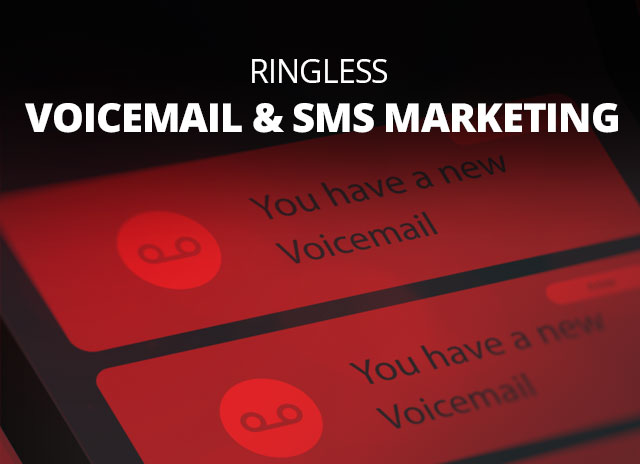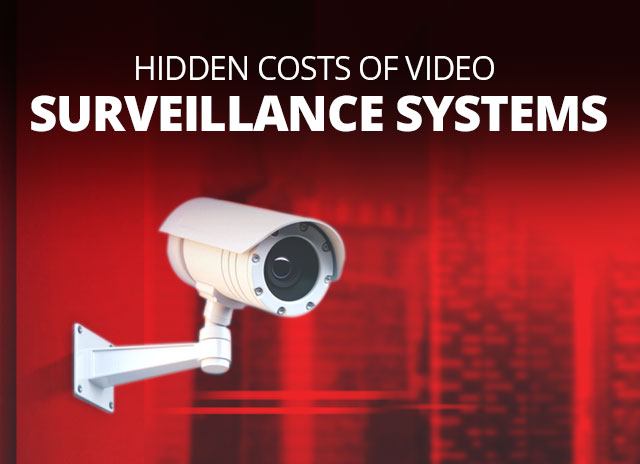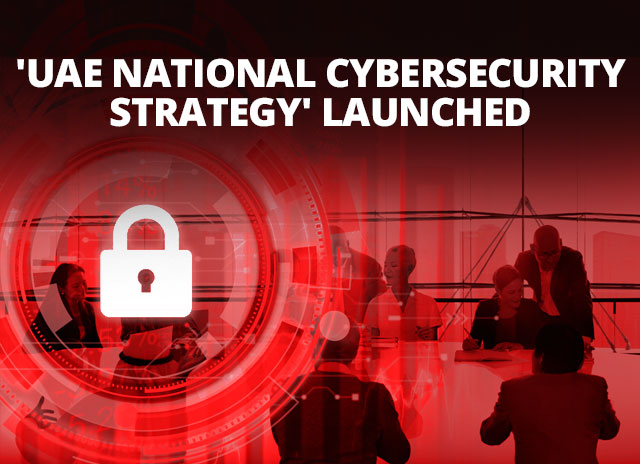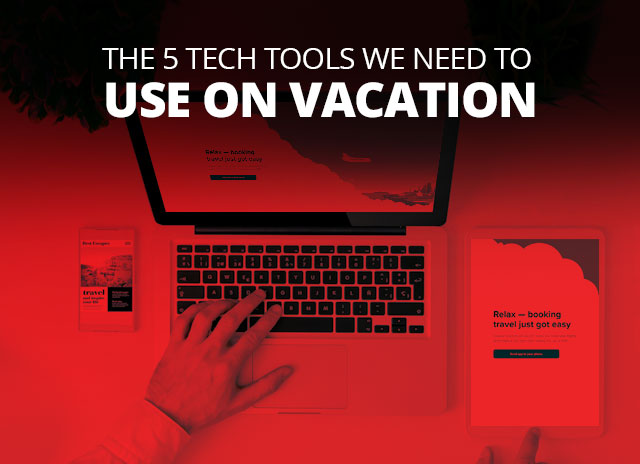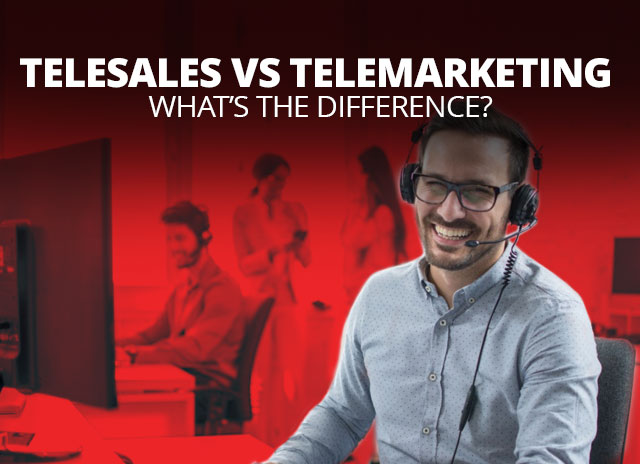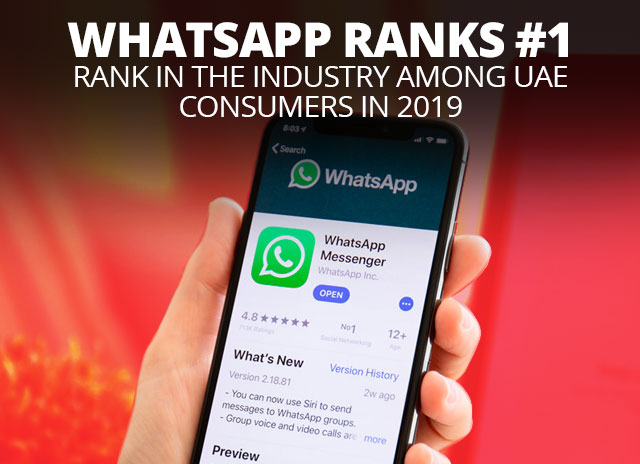Ringless Voicemail & SMS Marketing
Owning a small business and trying to get the most out of it can eat up a lot of your time. Thankfully, there are ways to help your business succeed that do not take as much time or energy.
Your digital marketing strategy should be high on your priority list. Here’s why you should start implementing ringless voicemail and SMS marketing.
What is ringless voicemail?
Ringless voicemail drops allow your sales team to leave voicemails for potential customers in seconds. Your team won’t have to wait for the phone to ring and can easily drop a voicemail directly into a customer’s inbox. This lets your team leave more voicemails in a shorter amount of time, which provides you with better results.
You also only have to pay for the voicemail drops that are successful, and the more drops you make, the less you pay per drop. Ringless voicemail drops are a great way to reach more customers quickly and you’ll find that the benefits to your business are huge.
What are the benefits of ringless voicemail drops?
Ringless voicemail is a huge benefit to your customers and potential customers. Because their phones never ring, the customers are able to check the voicemail at their convenience and not be bothered by a phone call. Plus, they will never be billed for the voicemail.
You’ll be able to reach thousands of people in very little time. And when you’re busy trying to run a business, you’ll be happier knowing that your marketing is efficient and effective.
What is SMS marketing?
SMS (short message server) marketing is marketing done through text message. Over half the world’s population owns a mobile phone, which makes SMS marketing is a great way to reach potential customers you might otherwise be missing.
SMS marketing is typically used less frequently than other forms of marketing (such as social media marketing, for example), so you want to make sure that when you use SMS marketing, you’re doing it correctly and efficiently. SMS marketing will not cost you much, especially if you’re able to send out mass quantities of texts at a time, so it’s a great way for you to reach both current and potential customers without any extra hassle to you.
What’s the best way to utilize SMS marketing?
SMS marketing only works if your customers are willing to provide you with their cell phone numbers, which can sometimes be a challenge. Because they are trusting you with this personal information, you want to be sure to only send them texts which will be valuable to them.
Your SMS marketing should be somewhat infrequent and should always provide your customers with important information they would not learn anywhere else. You can provide your clients with exclusive offers only available through text messages, like a discount code or a freebie at their next visit.
This would make your clients feel like they can trust you with their private information, because you are making it worth their time and not inundating them with spam messages. You can also use text messaging to communicate important, personal information to your customers, like the tracking information for a delivery or an appointment reminder.
Ringless voicemail drops and SMS marketing are great ways to increase your business’s potential with little cost and effort. As a small business owner, you want to do everything you can to make sure your business succeeds, and utilizing these techniques will help it thrive.

